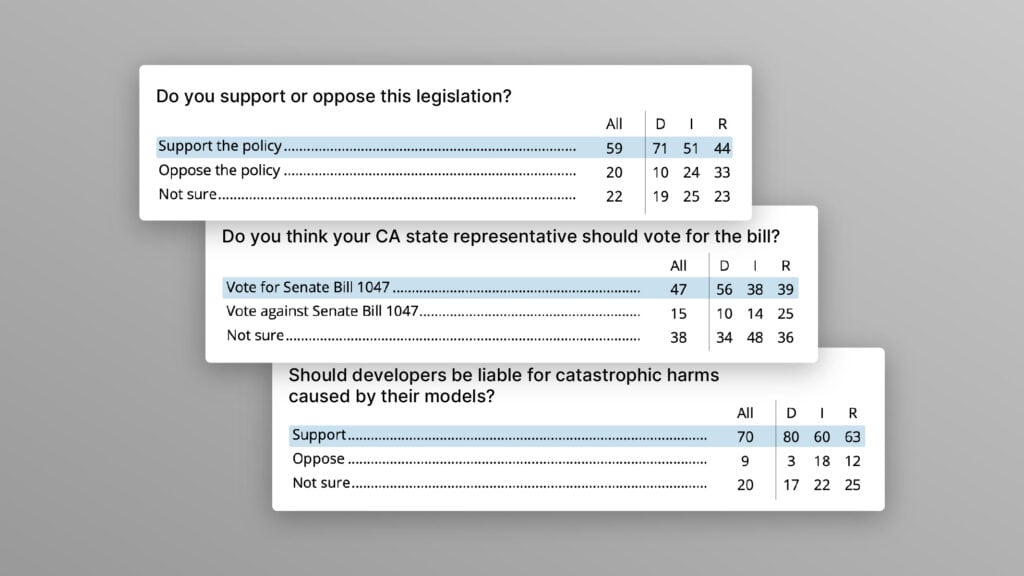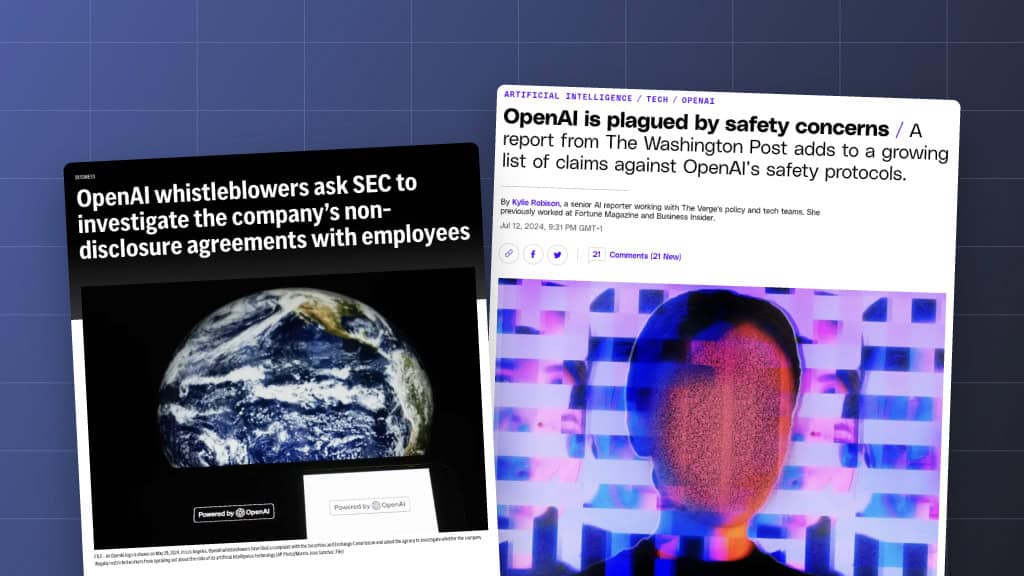Rewinding the Doomsday Clock

Contents
On Thursday, the Bulletin of Atomic Scientists inched their iconic Doomsday Clock forward another thirty seconds. It is now two minutes to midnight.
Citing the growing threats of climate change, increasing tensions between nuclear-armed countries, and a general loss of trust in government institutions, the Bulletin warned that we are “making the world security situation more dangerous than it was a year ago—and as dangerous as it has been since World War II.”
The Doomsday Clock hasn’t fallen this close to midnight since 1953, a year after the US and Russia tested the hydrogen bomb, a bomb up to 1000 times more powerful than the bombs dropped on Hiroshima and Nagasaki. And like 1953, this year’s announcement highlighted the increased global tensions around nuclear weapons.
As the Bulletin wrote in their statement, “To call the world nuclear situation dire is to understate the danger—and its immediacy.”
Between the US, Russia, North Korea, and Iran, the threats of aggravated nuclear war and accidental nuclear war both grew in 2017. As former Secretary of Defense William Perry said in a statement, “The events of the past year have only increased my concern that the danger of a nuclear catastrophe is increasingly real. We are failing to learn from the lessons of history as we find ourselves blundering headfirst towards a second cold war.”
The threat of nuclear war has hovered in the background since the weapons were invented, but with the end of the Cold War, many were pulled into what now appears to have been a false sense of security. In the last year, aggressive language and plans for new and upgraded nuclear weapons have reignited fears of nuclear armageddon. The recent false missile alerts in Hawaii and Japan were perhaps the starkest reminders of how close nuclear war feels, and how destructive it would be.
But the nuclear threat isn’t all the Bulletin looks at. 2017 also saw the growing risk of climate change, a breakdown of trust in government institutions, and the emergence of new technological threats.
Climate change won’t hit humanity as immediately as nuclear war, but with each year that the international community fails to drastically reduce carbon fossil fuel emissions, the threat of catastrophic climate change grows. In 2017, the US pulled out of the Paris Climate Agreement and global carbon emissions grew 2% after a two-year plateau. Meanwhile, NASA and NOAA confirmed that the past four years are the hottest four years they’ve ever recorded.
For emerging technological risks, such as widespread cyber attacks, the development of autonomous weaponry, and potential misuse of synthetic biology, the Bulletin calls for the international community to work together. They write, “world leaders also need to seek better collective methods of managing those advances, so the positive aspects of new technologies are encouraged and malign uses discovered and countered.”
Pointing to disinformation campaigns and “fake news”, the Bulletin’s Science and Security Board writes that they are “deeply concerned about the loss of public trust in political institutions, in the media, in science, and in facts themselves—a loss that the abuse of information technology has fostered.”
Turning Back the Clock
The Doomsday Clock is a poignant symbol of the threats facing human civilization, and it received broad media attention this week through British outlets like The Guardian and The Independent, Australian outlets such as ABC Online, and American outlets from Fox News to The New York Times.
“[The clock] is a tool,” explains Lawrence Krauss, a theoretical physicist at Arizona State University and member of the Bulletin’s Science and Security Board. “For one day a year, there are thousands of newspaper stories about the deep, existential threats that humanity faces.”
The Bulletin ends its report with a list of priorities to help turn back the Clock, chocked full of suggestions for government and industrial leaders. But the authors also insist that individual citizens have a crucial role in tackling humanity’s greatest risks.
“Leaders react when citizens insist they do so,” the authors explain. “Citizens around the world can use the power of the internet to improve the long-term prospects of their children and grandchildren. They can insist on facts, and discount nonsense. They can demand action to reduce the existential threat of nuclear war and unchecked climate change. They can seize the opportunity to make a safer and saner world.”
You can read the Bulletin’s full report here.
About the Future of Life Institute
The Future of Life Institute (FLI) is a global think tank with a team of 20+ full-time staff operating across the US and Europe. FLI has been working to steer the development of transformative technologies towards benefitting life and away from extreme large-scale risks since its founding in 2014. Find out more about our mission or explore our work.
Related content
Other posts about Climate & Environment, Nuclear, Recent News

The U.S. Public Wants Regulation (or Prohibition) of Expert‑Level and Superhuman AI

Poll Shows Broad Popularity of CA SB1047 to Regulate AI


